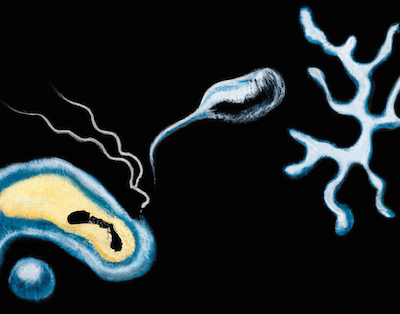Parkinson’s Disease (PD) is a chronic and progressive movement disorder that results from the degeneration of dopamine-producing neurons in the brain. This leads to a range of motor symptoms, including tremors, stiffness and difficulty with balance and coordination, as well as non-motor symptoms such as depression, anxiety and sleep disturbances.
PD affects around 10 million people worldwide, with approximately 60,000 new cases diagnosed each year in the United States alone. Veterans are at a higher risk of developing this disease than the general population. Several factors contribute to the increased risk of PD in veterans, including exposure to environmental toxins such as Agent Orange and traumatic brain injuries (TBIs).

The diagnosis of PD is based on clinical symptoms, but imaging tests can help confirm the diagnosis. The most common imaging test used to diagnose PD is…

























-100x70.jpg)
